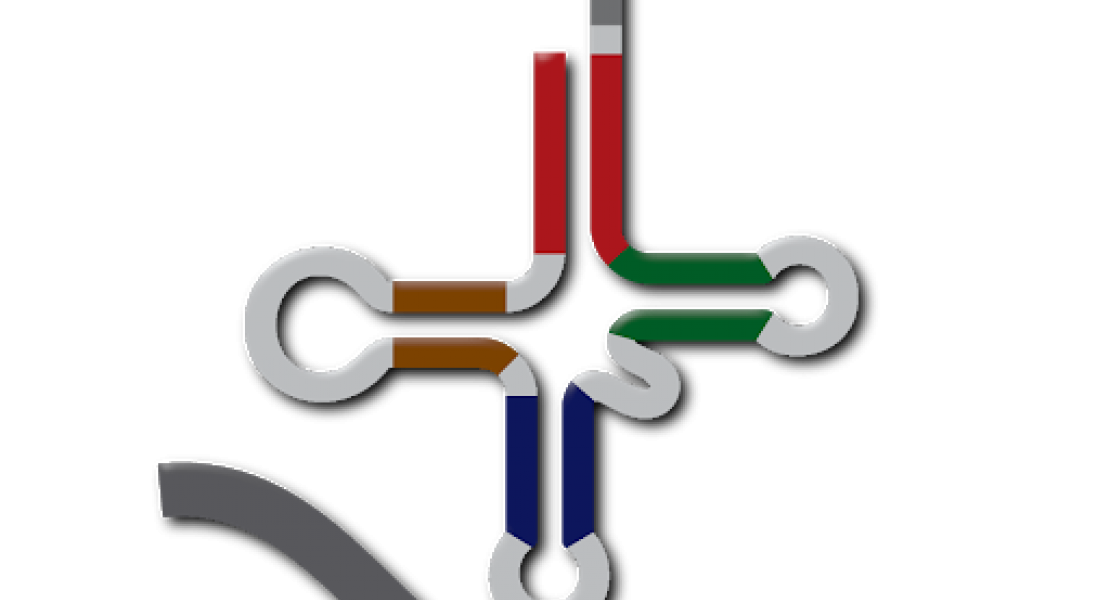CLP1 links tRNA metabolism to progressive motor-neuron loss.

Abstract
CLP1 was the first mammalian RNA kinase to be identified. However, determining its in vivo function has been elusive. Here we generated kinase-dead Clp1 (Clp1K/K) mice that show a progressive loss of spinal motor neurons associated with axonal degeneration in the peripheral nerves and denervation of neuromuscular junctions, resulting in impaired motor function, muscle weakness, paralysis and fatal respiratory failure. Transgenic rescue experiments show that CLP1 functions in motor neurons. Mechanistically, loss of CLP1 activity results in accumulation of a novel set of small RNA fragments, derived from aberrant processing of tyrosine pre-transfer RNA. These tRNA fragments sensitize cells to oxidative-stress-induced p53 (also known as TRP53) activation and p53-dependent cell death. Genetic inactivation of p53 rescues Clp1K/K mice from the motor neuron loss, muscle denervation and respiratory failure. Our experiments uncover a mechanistic link between tRNA processing, formation of a new RNA species and progressive loss of lower motor neurons regulated by p53.
